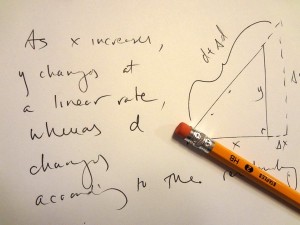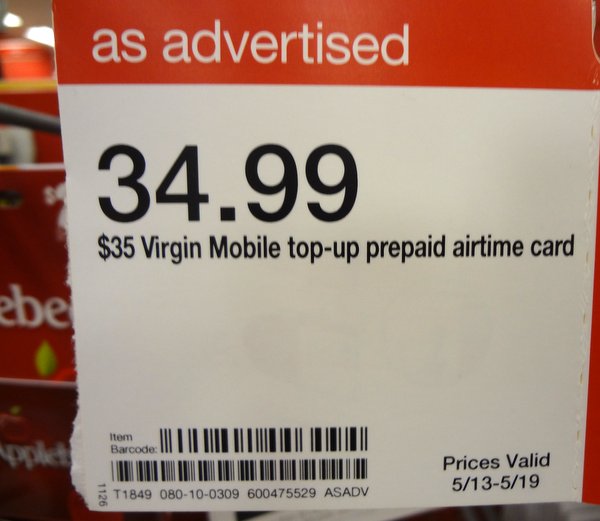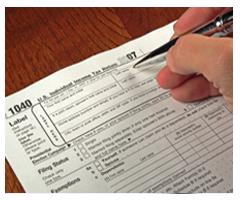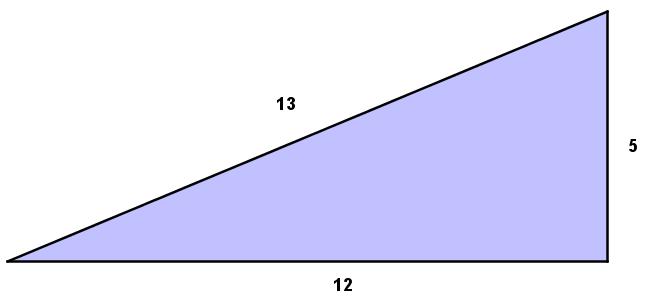Conditional probability is one of my favorite topics to teach. Whereas normal probability calculations simply compare favorable outcomes to total outcomes, conditional probability allows us to consider the impact of certain knowledge on the likelihood of those outcomes.
For example, the probability of rolling a 6 on a six-sided die is 1/6, but if it is known that the number showing is greater than 3, then the conditional probability that a 6 is rolled is 1/3.
There are many applications of conditional probability, but a recent “Math Encounter” from the Museum of Math made me aware of an application of conditional probability that all of us see on a regular basis: Google search autocomplete.
Suppose I type in the search term “under”:
Here, Google is trying to autocomplete my search query. In essence, Google is trying to guess the next word I’m going to type. How does it make its guess? It computes a conditional probability!
Google has a lot of data on when words follow other words. When I enter “under” into the search bar, Google looks for the word/phrase with the highest conditional probability of being next. Here it turns out to be “armour”; the word with the second highest conditional probability is “world”, and so on.
Naturally, as more information is provided, the conditional probabilities change.
A fascinating, and perhaps surprising, application of a powerful mathematical idea!





